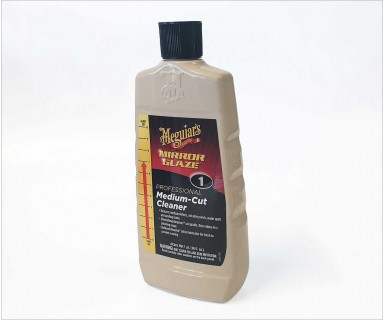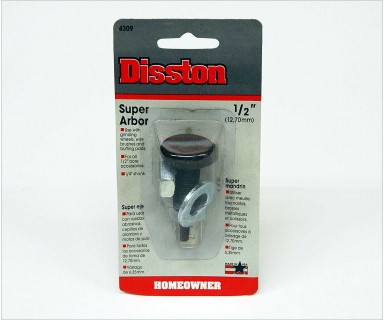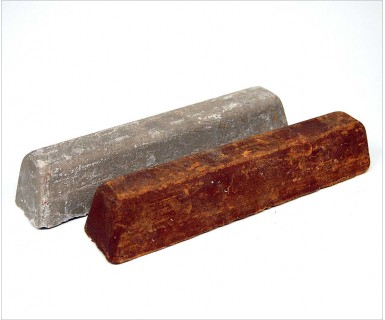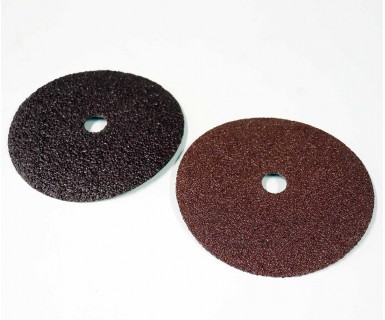Buffing Wheels for Acrylic & Plastic Polishing
Bring your acrylic projects up to a professional, mirror-like finish with TAP Plastics’ loose-leaf muslin buffing wheels—built for efficient polishing, cooler operation, and superior clarity.
Why These Buffing Wheels Stand Out
-
Loose-leaf muslin, 20-ply sections: Unlike stitched or sewn wheels, loose leaves allow air to circulate better for cooling, reduce heat buildup, and are more forgiving on delicate edges.
-
Cooler polishing: Because the wheel “floats” more, friction heat that causes melting, cloudiness, or distortion is minimized.
-
Triple setup recommendation: For professional shop setups, mounting three identical buffing wheels side by side on a shared arbor allows you to transition quickly from coarse polish (e.g. with compound) to fine finishing without swapping wheels.
Product Details
-
Available diameters: 6", 8", 10", all with a ½-inch arbor hole.
-
Designed specifically for plastics: acrylic, plexiglass, lucite, and other similar materials.
-
Compatible with TAP’s buffing compounds (red for coarse polishing, white for final finish).
How to Use for Best Results (Tips from Model Makers & Best Practices)
-
Edge preparation: Begin with wet/dry sanding, starting with a coarser grit (e.g., 400), smoothing out saw marks and surface irregularities. Always wet your sandpaper to avoid clogging and overheating.
-
Compound application: Load the red (coarse) compound onto one buffing wheel. Keep parts moving against the wheel; avoid staying in one spot, particularly corners, to prevent heat distortion.
-
Switch to fine polish: Move to a white or fine buffing compound and a clean muslin wheel for final finishing—this will create the clarity and gloss you want.
-
Use all three wheels if possible: One loaded with compound, one buffering/cleaning, one for final polish, so each wheel remains clean and effective.
-
Maintenance: Clean the wheels after use, keep them dry, and inspect for fraying—which can scratch surfaces if not trimmed.
Best Use Cases
-
Polishing acrylic edges of display cubes, signage, frames, and awards
-
Removing haziness or cloudiness from sanded surfaces
-
Final finishing after spray or brush-on coatings
-
Refinishing plastic parts, doors, shelves, or decorative pieces





